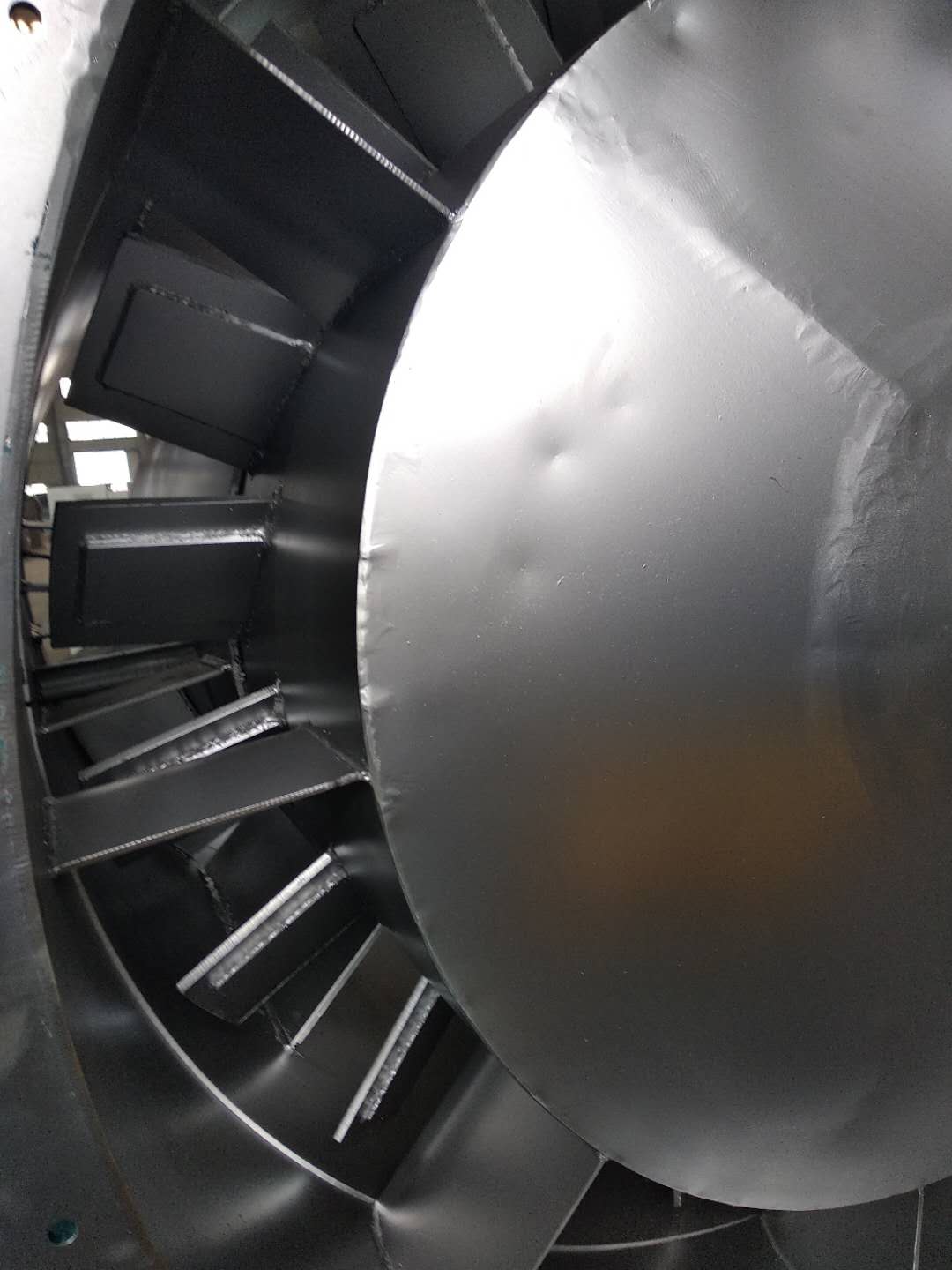
In order to avoid man-made faults and accidents caused by improper maintenance, prevent the occurrence of natural faults and accidents of fans and motors in all aspects, so as to give full play to the efficiency of equipment and extend the service life of equipment, therefore, the maintenance of fans must be strengthened. (1) Working system of fan maintenance The fan maintenance personnel must pay attention to the following points: 1. The fan can only be operated when the fan equipment is completely normal. 2. If the fan equipment starts after maintenance, pay attention to whether all parts of the fan are normal. 3. Regularly clean the dust, dirt, water and other impurities inside the fan and gas transmission pipeline, and check whether the impeller is worn and rusted, if any, repair and replace it in time. 4. Regularly replace the lubricating oil (recommended 3-6 months). It is recommended to add N46 (ISO VG46, 30) in summer and N32 (ISO VG32, 20) in winter. The oil level should be at 1/2 of the oil window. 5. Regularly check (3-6 months is recommended) couplings, pulleys, etc. If parts are found to be worn or rusted, they should be repaired and replaced immediately. 6. The equipment shall not be repaired during operation.
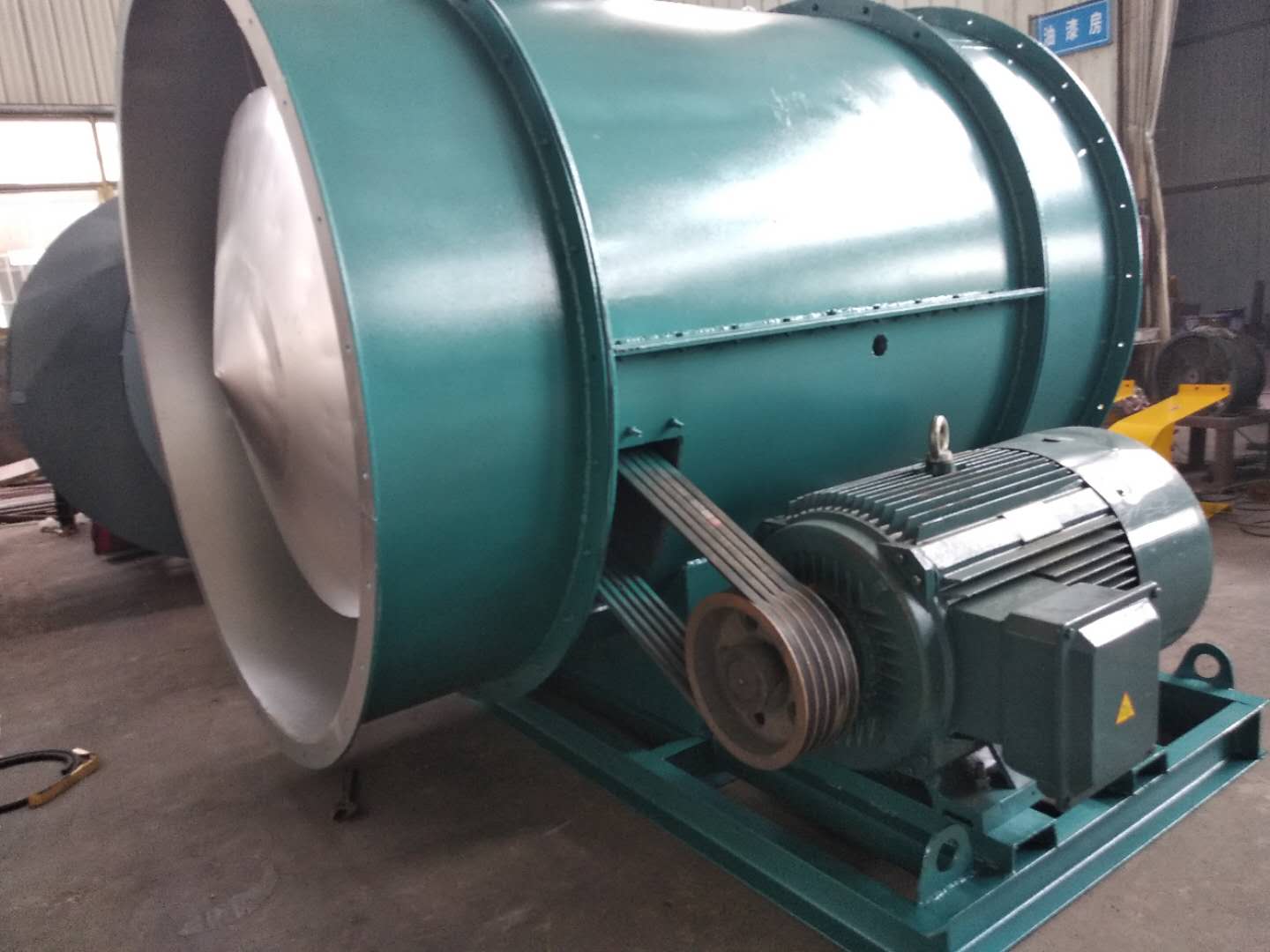
The fan is allowed to start at full voltage or at reduced voltage, but it should be noted that the current at full voltage starting is about 5~7 times the rated current, and the reduced voltage starting torque is proportional to the square of the current. When the grid capacity is insufficient, the reduced voltage starting should be used. (When the power is greater than 11KW, it is advisable to adopt the step-down starting.) When the fan is in test run, Industrial dust collector manufactor Carefully read the product manual and check whether the wiring method is consistent with the wiring diagram; Carefully check whether the working voltage of the power supply to the fan meets the requirements, whether the power supply is out of phase or in phase, and whether the capacity of the electrical components provided meets the requirements. During commissioning, the number of people shall not be less than two. One person shall control the power supply and the other person shall observe the operation of the fan. If any abnormality is found, stop the machine immediately for inspection; First, check whether the rotation direction is correct; After the fan starts to run, immediately check whether the running current is balanced and whether the current exceeds the rated current; large Industrial dust collector If there is no normal phenomenon, stop the machine for inspection. After five minutes of operation, stop the machine to check whether the fan is abnormal, and start the machine again after confirming that there is no abnormal phenomenon. When the two speed fan is tested, start the low speed fan first and check whether the rotation direction is correct; When starting the high-speed train, the fan must be stopped before starting to prevent the switch tripping and motor damage caused by high-speed reverse rotation. When the fan reaches the normal speed, check whether the input current of the fan is normal, and the operating current of the fan cannot exceed its rated current. If the operating current exceeds its rated current, check whether the voltage supplied to the fan is normal. The motor power required by the fan refers to the higher power required for centrifugal fan and fan box when the air inlet is fully open under certain working conditions. If the air inlet is fully opened for operation, the motor may be damaged. During fan commissioning, it is better to close the valve on the inlet or outlet pipeline of the fan, open the valve gradually after operation until the required working condition is reached, and pay attention to whether the operating current of the fan exceeds the rated current
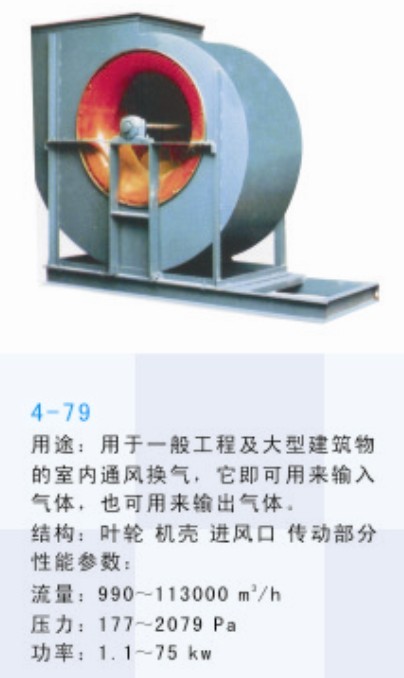
Industrial dust collector manufactor Different types of dust remover equipment have their own precautions. When we usually use the dust remover equipment, we should tell my customer friends some application matters. What matters should we consider when using wet electrostatic precipitator? Matters needing attention on the application of wet electrostatic precipitator. 1. The wet electrostatic precipitator shall be put into the insulator chamber electric heating and hot air purging system at least 8 hours in advance to ensure that the temperature of the insulator chamber is more than 60 ℃. 2. The wet desulfurization system of the wet electrostatic precipitator is put into operation early to prevent dry and high-temperature smoke from entering the wet electrostatic precipitator, which will lead to scaling of internal parts and damage of internal anti-corrosion coating. three large Industrial dust collector The wet dust collector can be opened when the following three conditions are met together: 3.1 The wet electrostatic precipitator is operated with 25% of the oil gun remaining and 35% of the powder feeding is normal and stable or the oil gun is completely withdrawn. 3.2 The temperature of flue gas entering the wet electrostatic precipitator is lower than 70 ℃. 3.3 Desulfurization equipment has been opened. 4. The process of opening the wet electrostatic precipitator: first open the low-pressure water supply system and then the high-pressure power supply system.
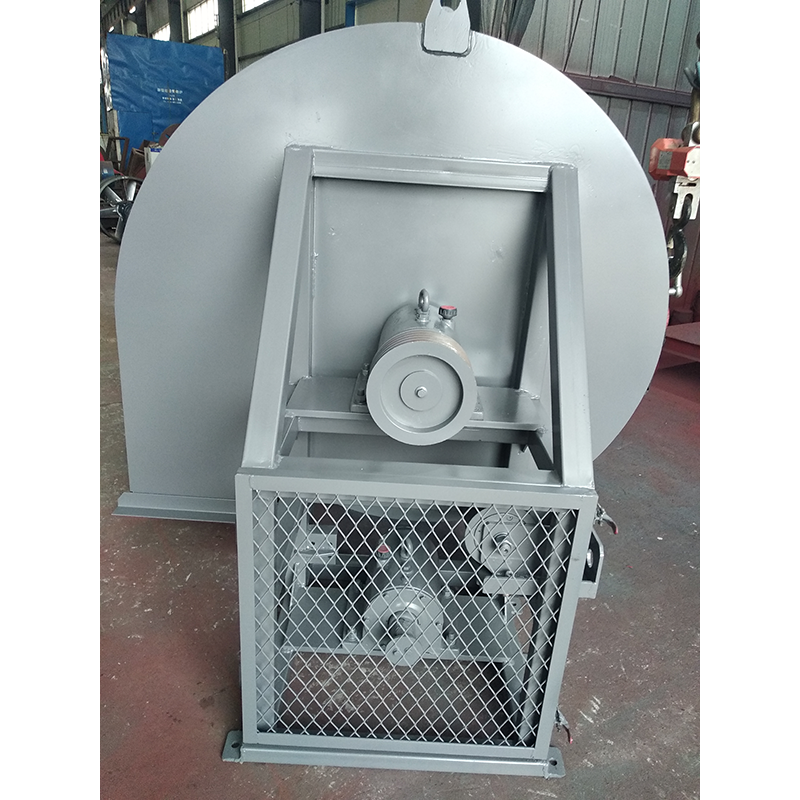
guest large Industrial dust collector Installation requirements a. The foundation of the fan shall be level and solid, and the foundation height shall be ≥ 200mm. b、 The fan and air duct shall be connected by flexible hose (flexible material and non combustible), the length shall not be less than 200mm, and the pipe diameter shall be the same as the inlet and outlet size of the fan. In order to ensure that the hose will not be twisted or deformed during the system operation, it should be installed with appropriate tightness. The canvas hose installed at the suction end of the fan can be slightly tightened to prevent the fan from being sucked in during operation and reduce the sectional size of the canvas hose. c、 Industrial dust collector manufactor The steel support of the fan must be fixed on the concrete foundation, and a rubber damping pad must be added between the steel support of the fan and the foundation. All fan and motor components are installed on the whole steel support, and the steel ground frame is installed on the damping pad at the top of the foundation. The damping pad is preferably made of perforated rubber plates. d、 The pipe diameter at the outlet of the fan can only be increased, but not decreased. At the end of the outlet, an insect screen should be installed. When the fan is inclined to the upper outlet, a rain cap should be added
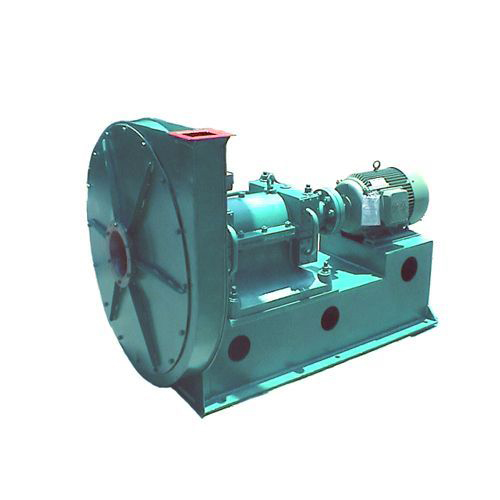
The key points of factors to be considered in the technical approach to the transformation of wet electrostatic precipitators: the wet electrostatic precipitators built before the mid-1970s could not meet the requirements of the new emission standards because of the low requirements for boiler smoke and dust emissions, the small selection of equipment capacity, the outdated structure of electrostatic precipitators, the aging of dust removal equipment, and the low dust removal efficiency, These electrostatic precipitators have a problem of transformation to further improve efficiency. large Industrial dust collector manufactor The improvement measures for the original equipment should be considered from both technical and economic aspects, and the following technical approaches are generally adopted: 1. Discover the potential of electrostatic precipitator equipment. For example, adjust the rapping cycle and rapping force of the electrode to improve the corona power and reduce the re flying of dust; Improve the uneven distribution of flue gas velocity and readjust the technical parameters of the airflow distribution device; Adjust the control mode or power supply mode of the power supply equipment. 2、 large Industrial dust collector Combination with other dedusting equipment. That is, a primary precipitator is added before or after the electrostatic precipitator. 3. Increase the capacity (or dust collection area) of the electrostatic precipitator. That is, add an electric field, or increase or widen the electric field of the electrostatic precipitator.





